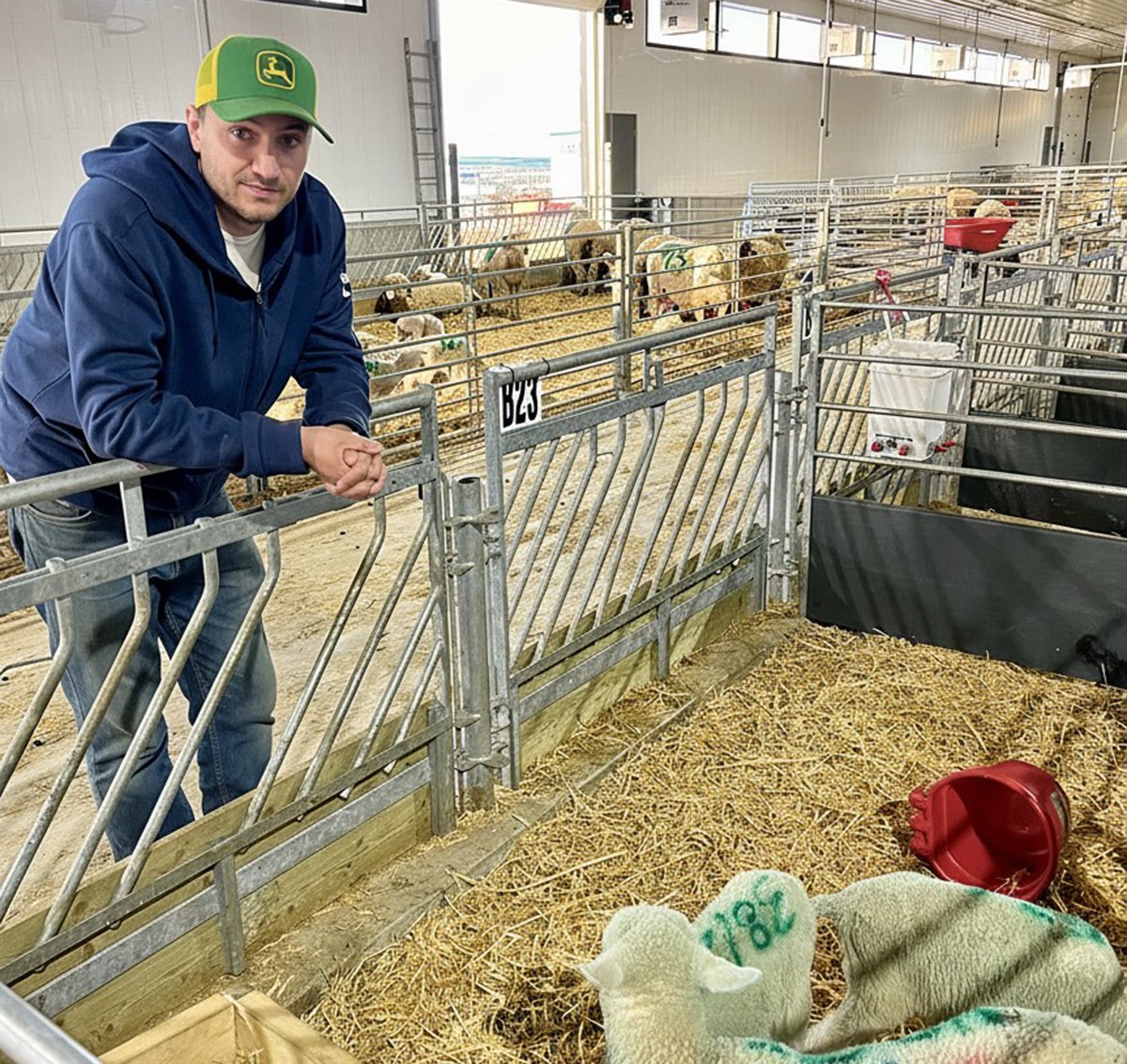Ottawa has contributed $1.4 million to help the Canadian Lamb Producers Cooperative develop electronic meat grading.
Chief executive officer Terry Ackerman said electronic grading is used extensively in the pork industry, and lamb producers want the same capability.
“What we are looking for is credible, consistent grading,” he said.
“Right now, it’s done with a ruler. There’s got to be a better way.”
Michelle Rempel, minister of state for Western Economic Diversification, announced the federal grant in Regina Dec. 6.
Viewtrak Technologies of Edmonton will develop the system, which Ackerman said will be able to grade 1,200 lamb carcasses per hour.
Read Also

Solar, sheep provide valuable farm diversification
Eric Steeves says raising sheep on forages grown under solar panels provided economic stability and perhaps even saved his family’s fifth generation southern Alberta grain farm.
The average slaughter in Canada is 500 to 600 per day.
The co-operative would place the systems in contracted plants in Alberta and Ontario, where most sheep are slaughtered.
Ackerman said the industry wants to be able to grade carcasses within a split second as they move along the production line.
“Right now, lambs are sold by weight. We need a system to tell us what is the lean meat yield of that carcass and eliminate the guesswork.”
The Agriculture Canada research centre in Lacombe, Alta., will develop an algorithm for the system, in which 500 lamb carcasses will be cut into tiny pieces and analyzed for 15 factors, including fat thickness, meat yield and colour.
It’s hoped that the work will eventually produce a computer indexing and grading protocol and real-time access to information for producers.
As a result, processors will be able to pay premiums for quality carcasses. Producers will also receive feedback about how their management and genetics are working.
Ackerman said receiving proper information from the grading system will help improve quality.
“We don’t buy pretty,” he said. “We buy meat.”
The co-operative expects to buy its first lambs next September. More than 200 producers in seven provinces have signed up to join, and the co-op hopes 650 will eventually join.
Canada imports the equivalent of one million lambs per year to meet demand. Imports were up 20 percent this year — twice the amount of lamb production in Saskatchewan.
“Talk about an opportunity.”
He said the co-op will pay Ontario prices, which earlier this month were $40 to $50 per lamb higher than western prices.
“We’re moving quickly, and we’ve got plants lined up to do our value-added products,” he said.
However, it’s critical that producers and the co-op know how much meat is coming off carcasses.















